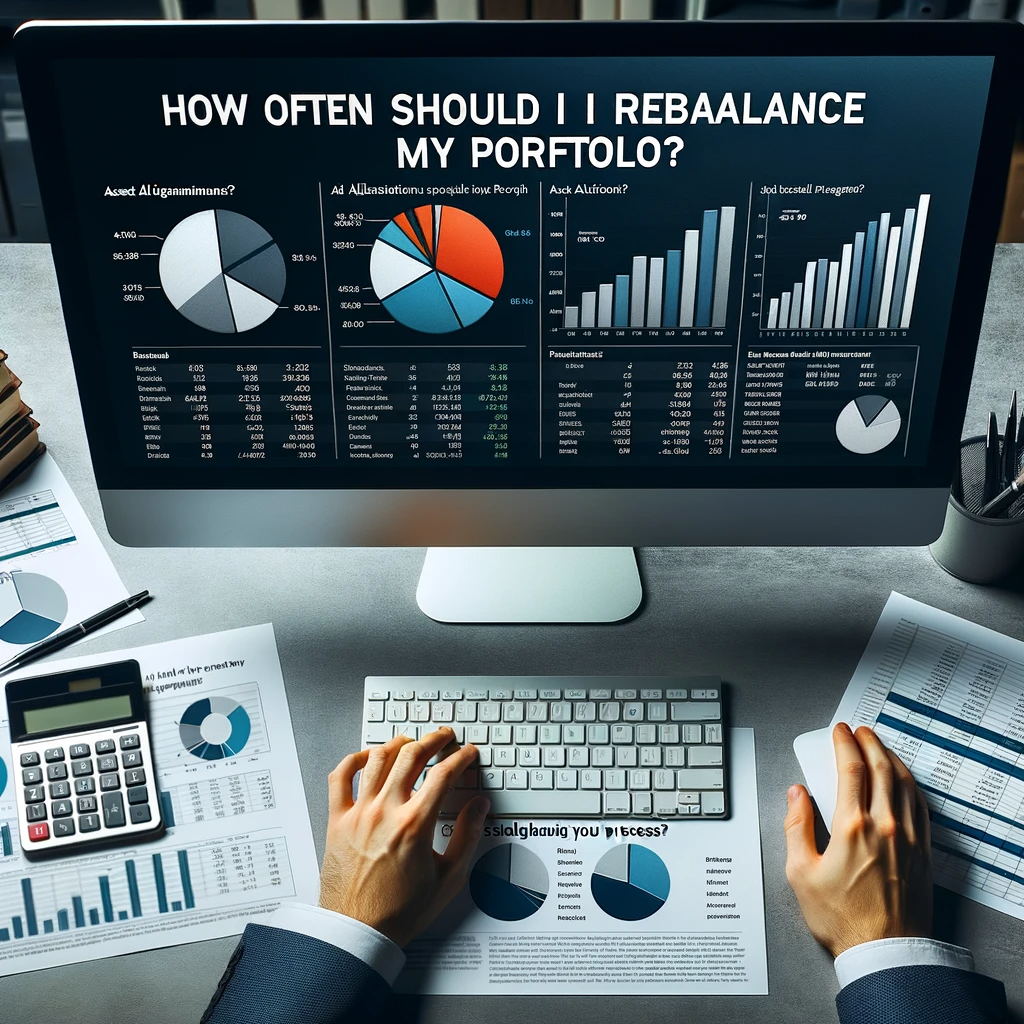Is your investment strategy in sync with your goals? Find out the ideal frequency for rebalancing and why it’s crucial for optimal portfolio health.
If you think ‘set it and forget it’ works for investments, think again! Dive into the significance of how often to Rebalance Portfolio.

In the dynamic world of investments, staying static isn’t always the best strategy. As markets shift and personal financial goals evolve, there’s a need to ensure your portfolio reflects those changes. This brings us to the all-important question: how often should you rebalance your portfolio?
The Rebalancing Rationale
Rebalancing is the practice of adjusting the proportions of assets in a portfolio to maintain a desired risk-reward profile. Over time, as some investments perform better than others, the actual weight of assets can drift away from their target weights. Rebalancing ensures that the portfolio remains aligned with its intended asset allocation.
Factors Determining Rebalancing Frequency
- Investment Goals and Time Horizon: A retiree might rebalance more often than a young investor because they have a shorter time horizon and may want to minimize risks.
- Market Volatility: In highly volatile markets, portfolios can drift from their target allocations more rapidly. This might necessitate more frequent check-ins.
- Cost Considerations: Rebalancing too often can lead to transaction fees and potential tax implications. It’s crucial to balance the benefits of rebalancing with its costs.
Common Rebalancing Strategies
- Calendar-based Rebalancing: This involves checking the portfolio at regular intervals, such as quarterly or annually. While it’s systematic, it may not always be optimal since market conditions can vary greatly within those fixed periods.
- Threshold-based Rebalancing: Here, investors set specific thresholds, say a 5% deviation from the target allocation, to trigger a rebalance. This approach is more responsive to market movements but might require more frequent monitoring.
- Hybrid Approach: Some investors combine time-based and threshold-based strategies, ensuring they neither overlook nor overdo rebalancing.
The Optimal Frequency
There’s no one-size-fits-all answer. The optimal rebalancing frequency depends on individual investment goals, risk tolerance, portfolio size, and market conditions. However, a general rule of thumb is to review the portfolio semi-annually or annually and then decide whether adjustments are necessary.
The Importance of Staying Informed
Investment decisions should never be made in isolation. Stay informed about market trends, geopolitical events, and economic indicators. Such insights will guide you on when it might be pertinent to reassess and rebalance.
Conclusion
Ensuring your investments are aligned with your financial goals is pivotal. While the notion of rebalancing might seem daunting, with the right strategy and frequency, it becomes a powerful tool in the investor’s arsenal. Remember, investing is not a static activity; it’s a journey that requires vigilance, adaptability, and informed decision-making.













